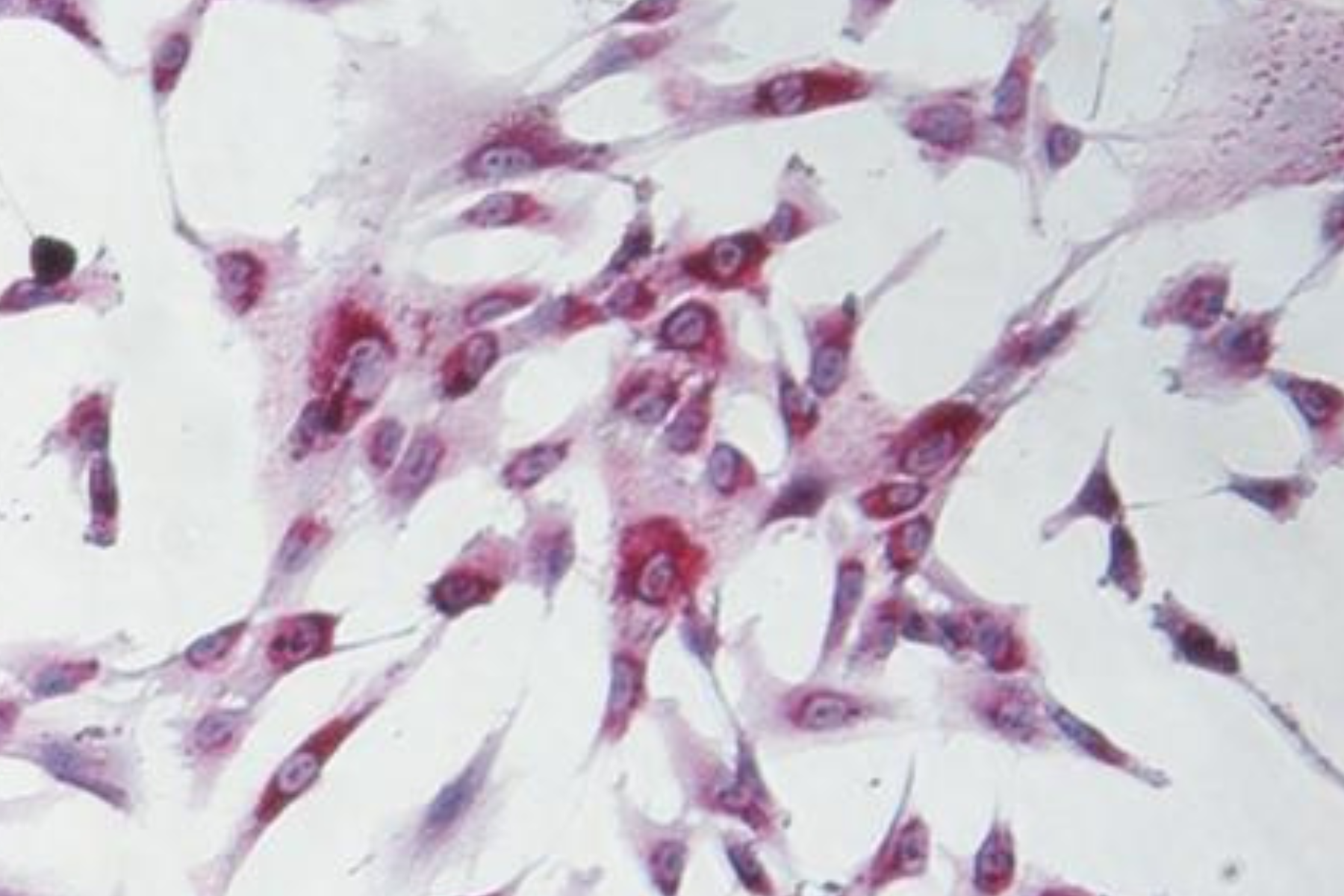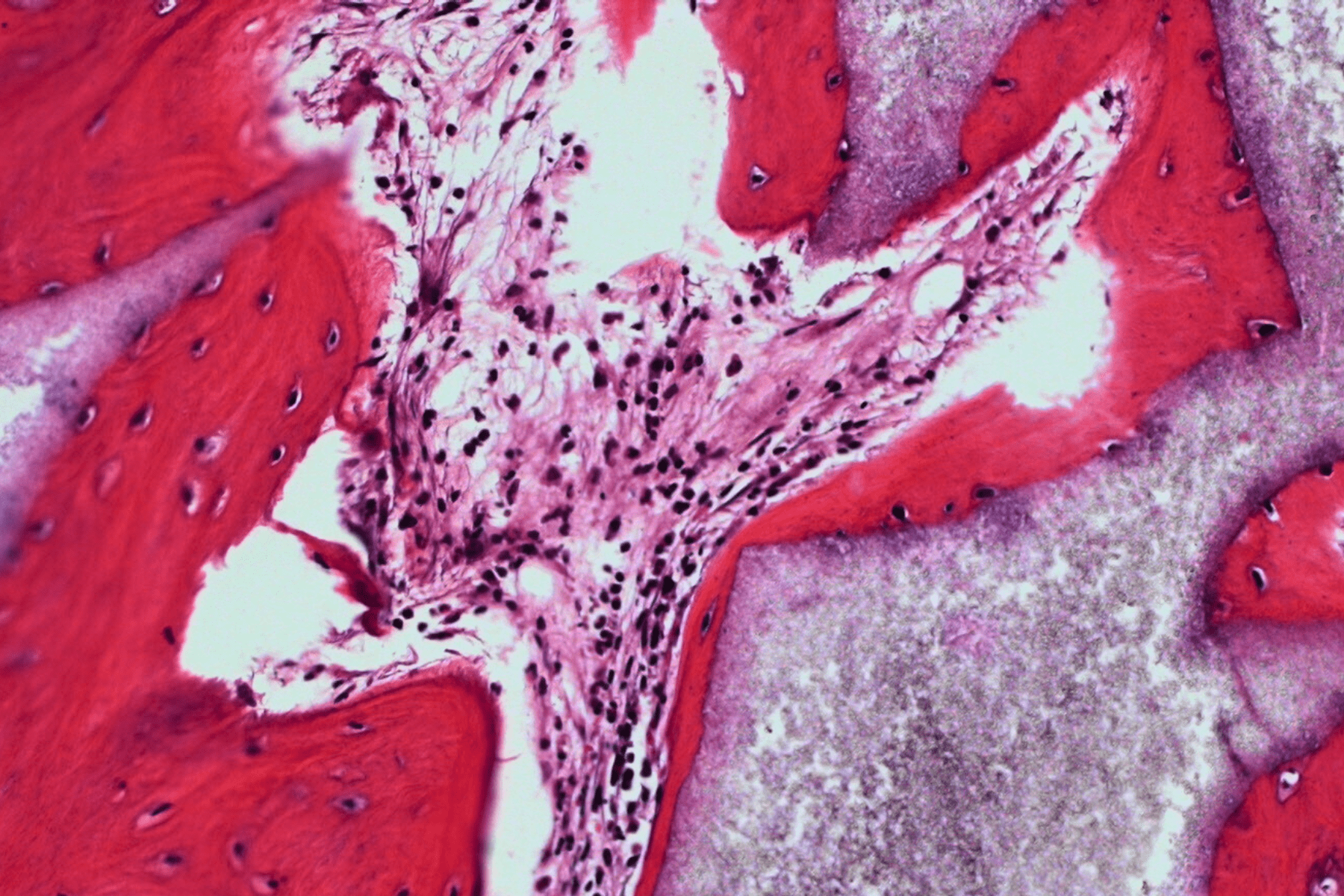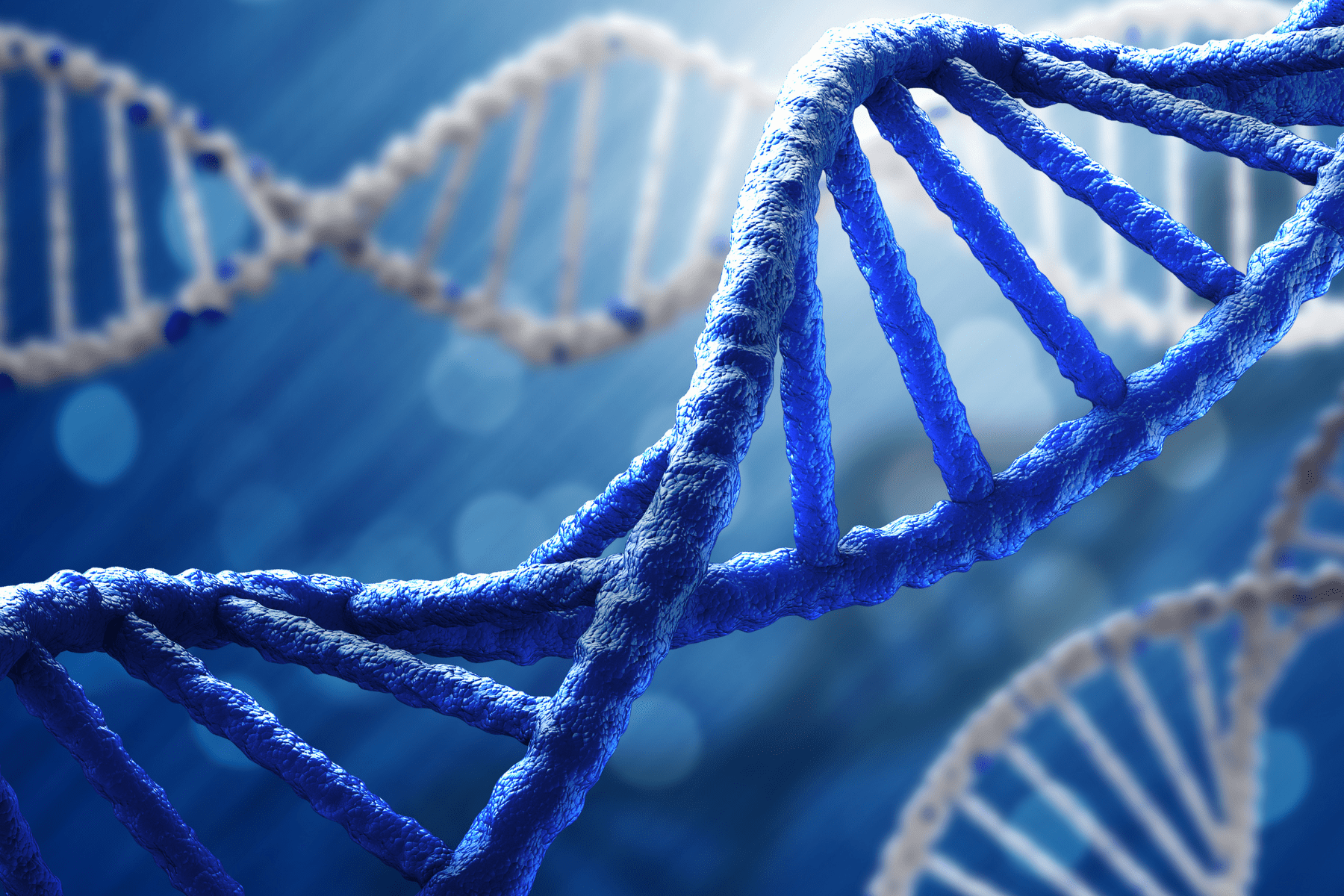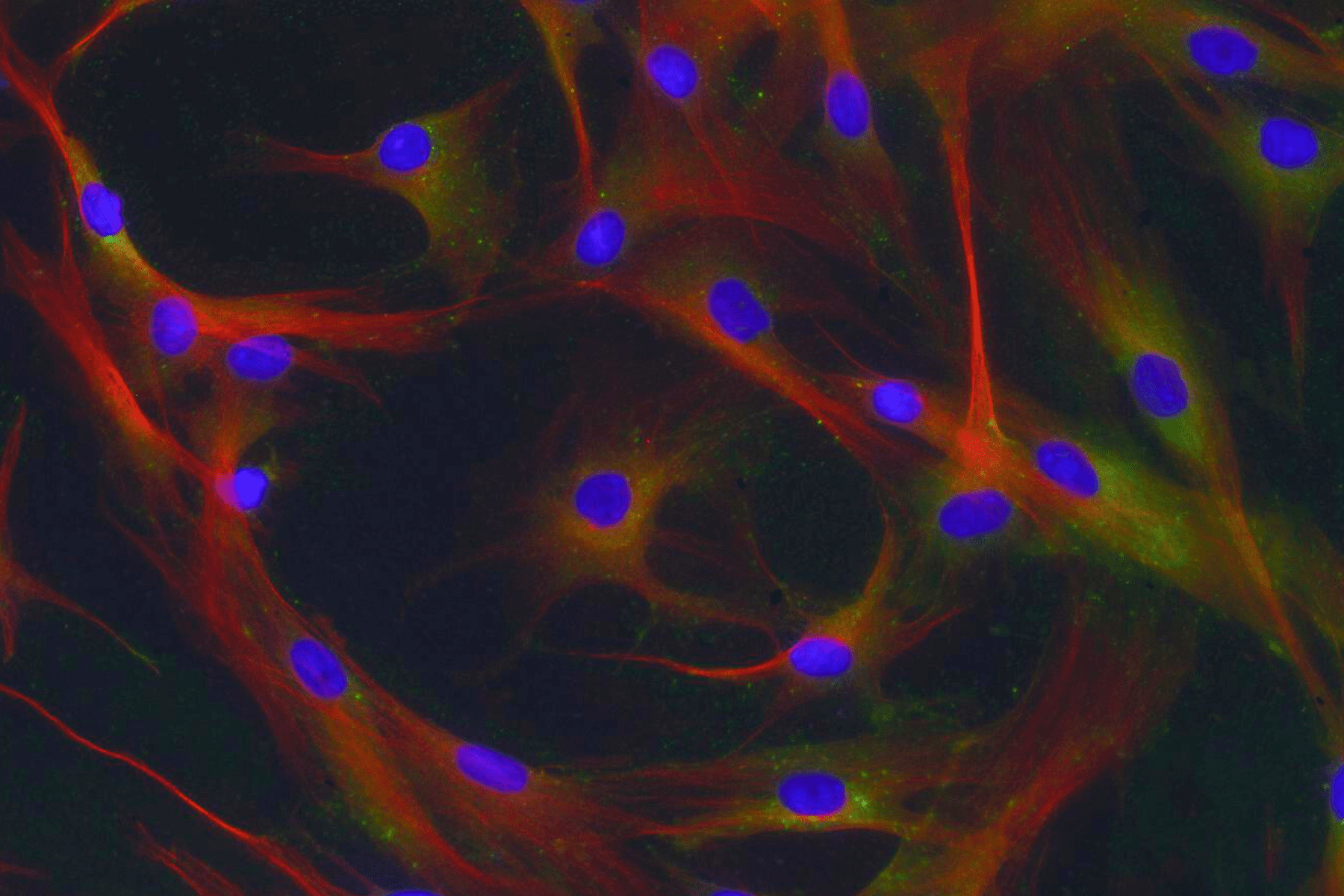MIVO APPLICATION
REGENERATIVEMEDICINE
Regenerative Medicine: the perfect bridge between in vitro and in vivo test
The ultimate goal of regenerative medicine is to provide permanent cures for ailments by generating functional cells, tissues and organs that can be used to replace, repair or improve lost, damaged and diseased tissue. Regenerative medicine holds great promise for the development of new therapies for a wide range of diseases and injuries, however much work remains to be done before these therapies become widely available.
The combination of a 3D environment and a carefully controlled fluid dynamic enables to improve cell viability in vitro/ex vivo, maintaining proper cell phenotype and behaviour like in vivo.
REGENERATIVE MEDICINE APPLICATIONS
Improve tissue conditions and prolong cell's lifetime
A controlled, reproducible, and high-throughput model to study stem cells behaviour and differentiation
A unique platform for studying the effect of gene editing on your target tissue
A promising tool to enhance your understanding on cell communication
REGENERATIVE MEDICINE APPLICATIONS
Improve reliability, robustness and reproducibility of readouts
STEM CELLS
The challenge: One of the major challenges in regenerative medicine is the need for a large number of high-quality stem cells for therapeutic applications. This requires prolonged in vitro expansion, which can lead to genetic and epigenetic changes affecting the cells’ proliferation and differentiation potential.
Our solution: Expanding stem cells in environments that mimic the stem cell niche, such as 3D or dynamic conditions, results in more stem-like cells compared to conventional 2D culture. These systems provide a more physiologically relevant environment that can better support stem cell growth and differentiation.
Readouts: Live imaging, differentiation assay, proliferation assay, immunofluorescence, molecular analysis, histological analysis.
BIOMATERIALS
The challenge: Despite progress has been made in the development of biomedical implants, implant failure can still occur due to a variety of factors, including mechanical failure, material degradation
Our solution: Microfluidic devices and organ-on-chip systems can replicate, as closely as possible, the physiological environment of specific organs and tissues, enabling the testing of new materials in a more realistic and predictive manner.
Readouts: Molecular analysis, histological analysis, cytokine release profiling.
GENE THERAPY
The challenge: Gene-editing tools, such as CRISPR/Cas9 have shown great promise in regenerative medicine, allowing the transfer of genetic material into damaged or diseased cells to restore their function. However, the successful delivery of these gene editing tools in vivo remains a major challenge
Our solution: The combination of gene therapy and organ-on-chip technology can lead to significant advancements in precision medicine and drug development. Organ-on-a-chip models can indeed provide a more accurate representation of the cellular microenvironment and the biological barriers that gene delivery vehicles must overcome, such as the extracellular matrix and the immune system.
Readouts: Live imaging, immunofluorescence, molecular analysis, cell recovery and phenotype profiling.
EXTRACELLULAR VESICLES
The challenge:: Among novel targeting strategies, extracellular vescicles (EVs) emerged as next-generation drug delivery platforms. EVs have indeed an intrinsic tissue-homing capability, harnessing specific barcodes to find their target both locally and systemically. However, further research is needed to optimize their production, purification, and characterization.
Our solution: The novel fluid-dynamic bioreactor (MIVO®) device provides an in vivo-like environment, allowing to recapitulate the cell-cell and cell-matrix interactions occurring in vivo, providing a more clinically relevant model. It may represent the perfect platform for mimicking systemic administration for more predictive efficacy and distribution assays.
Readouts: Live imaging, immunofluorescence, viability assessment, molecular analysis, cytokine release profiling, cell recovery and phenotype profiling
Learn more about MIVO® Platforms
Achieve Reliable Human Disease Models, Improve Tissue Conditions and Prolong Cell Lifetime by MIVO® Platforms.
Improve your research and get the most from 3D cell culture in a millifluidic dynamic environment.
Step into a new era of reliable outcomes with MIVO® and revolutionize your research outcomes
Publications
Find a selection of publications for research purposes.
Workshops
Find a selection of posters for research purposes.
Webinars
Find a selection of protocols for research purposes.
CONTACT US
We are here for you!
Share with us any questions about placing an order, setting your experiment or learning about our products. We are here to help!





